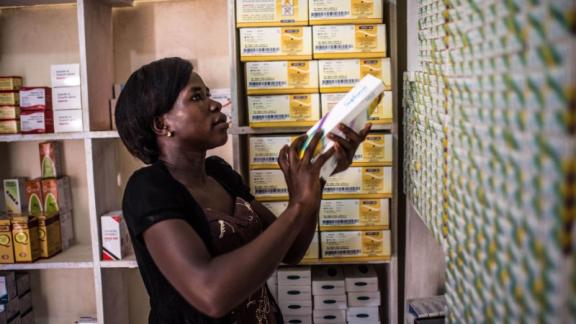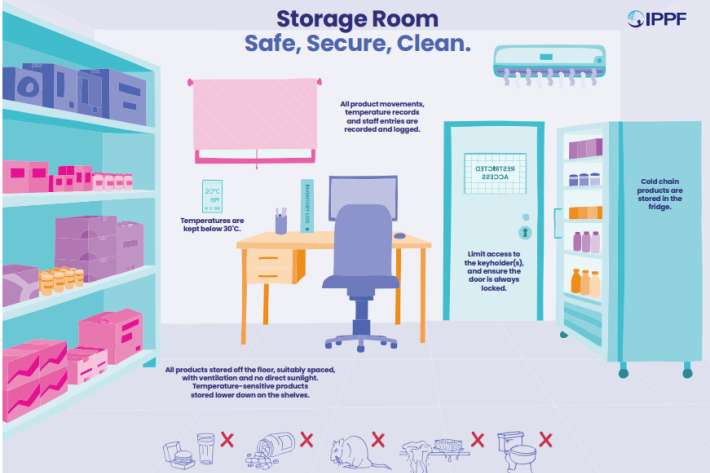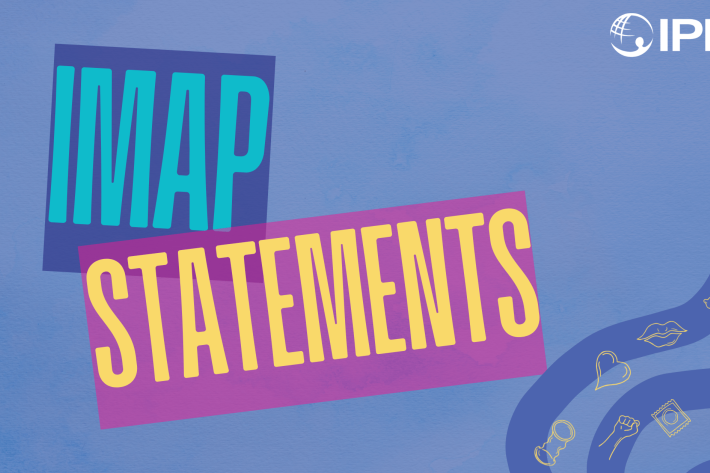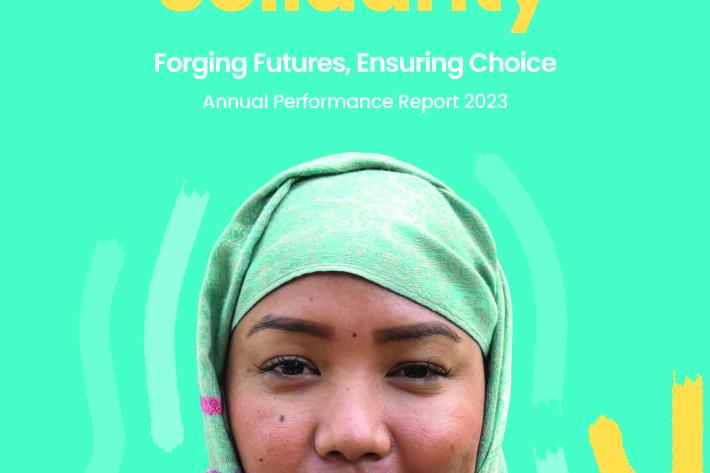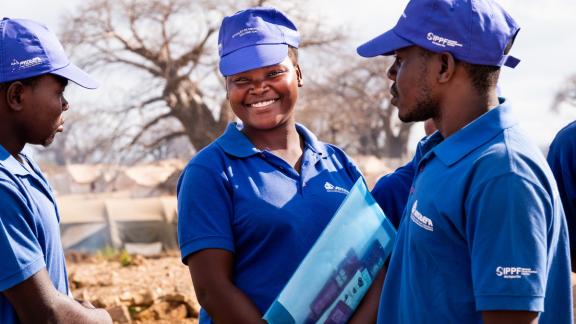Spotlight
A selection of resources from across the Federation
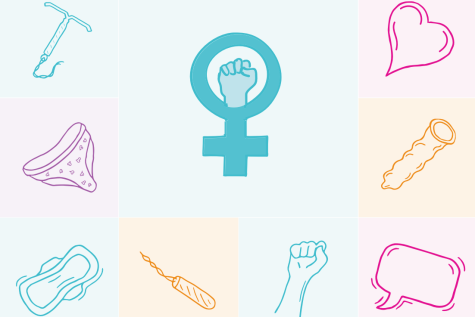
Technical Brief: Designing and Delivering Inclusive, Rights-Based Sexual and Reproductive Healthcare to Transgender and Gender Diverse People
This technical brief outlines key recommendations across several sexual and reproductive health service areas to promote access to inclusive care for transgender and gender diverse people.
Filter our resources by:
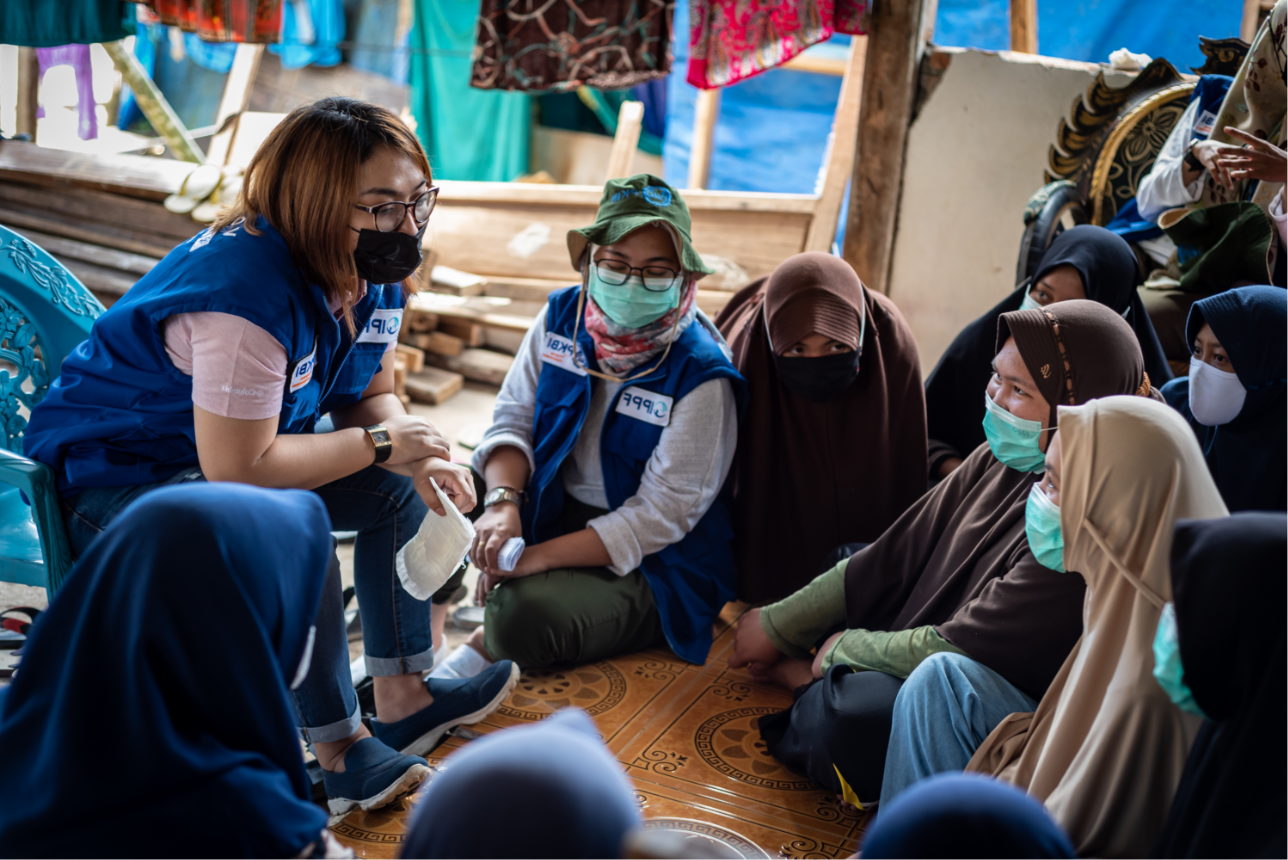
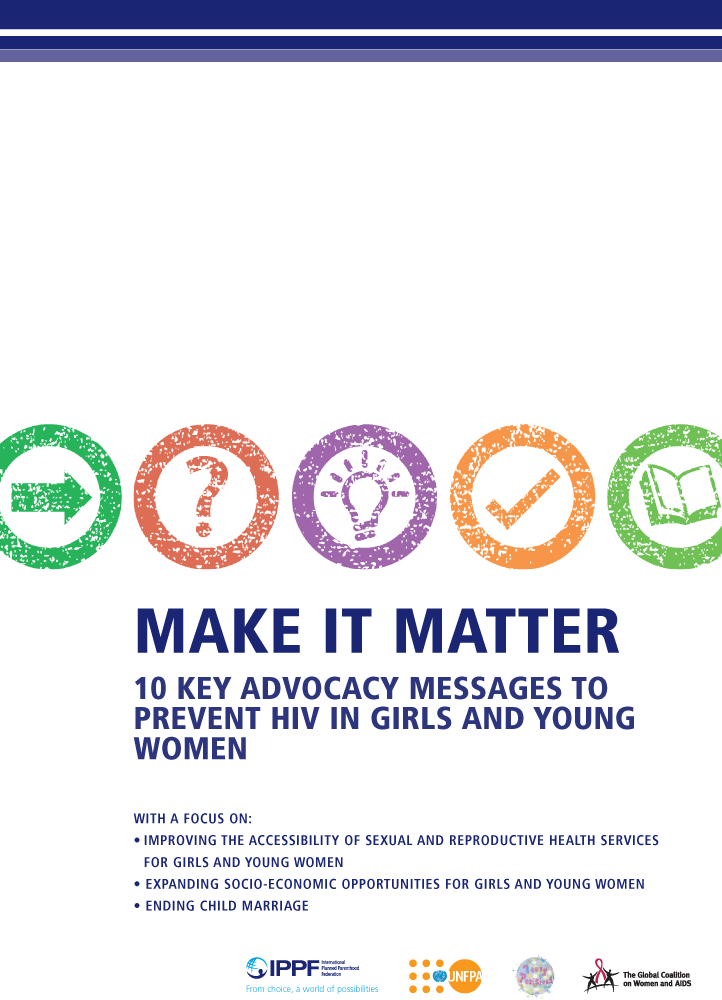
| 06 June 2012
Make it Matter: 10 key advocacy messages to prevent HIV in girls and young women
This advocacy guide focuses on 3 goals that evidence shows to be part of an effective response to HIV prevention for girls and young women. These goals are: improving the accessibility of sexual and reproductive health services; expanding socio-economic opportunities; and ending child marriage.
| 06 June 2012
A Window into a World: HIV risk and vulnerability
The photographs in this journal are educational and enlightening, explicit and enigmatic, moving and disturbing, beautiful and optimistic. This glimpse into a handful of lives paints a picture of life, love, learning and living with HIV. They provide a window into a world that is often neglected or hidden from our sight. A world of men and women who are particularly vulnerable to or at risk of HIV.
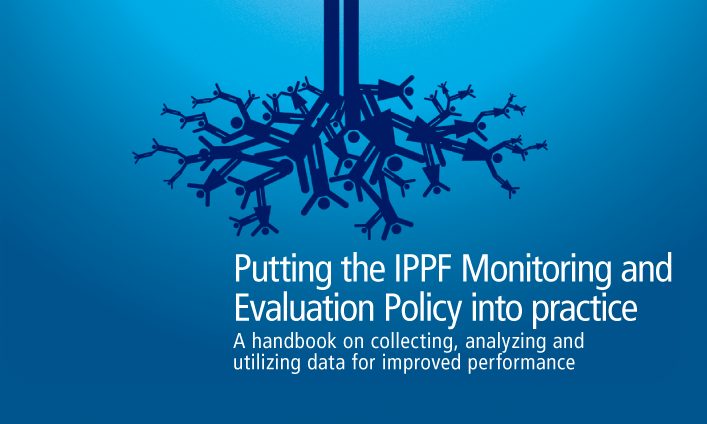
| 29 May 2012
Putting the IPPF Monitoring and Evaluation Policy into Practice: A handbook
| 29 May 2012
IPPF Strategic Framework: 2005 - 2015
The product of a Federation-wide consensus, this framework brings together the ideas and experience of IPPF Member Associations, senior volunteers, Regional Offices and Central Office, and has been approved by the Governing Council. By combining an understanding of our past with a vision for our future, this new plan presents a 'framework of opportunity' that Member Associations can interpret to develop the most appropriate response to specific sexual and reproductive health challenges. The ‘Strategic Framework’ is not intended to impose a rigid set of rules or constraints. Rather, it embraces the diversity of situations Member Associations and regions face. While providing this flexibility, the framework unites the Federation in a common vision on which we are compelled to act if we are to meet the needs of women, men and young people throughout the world.
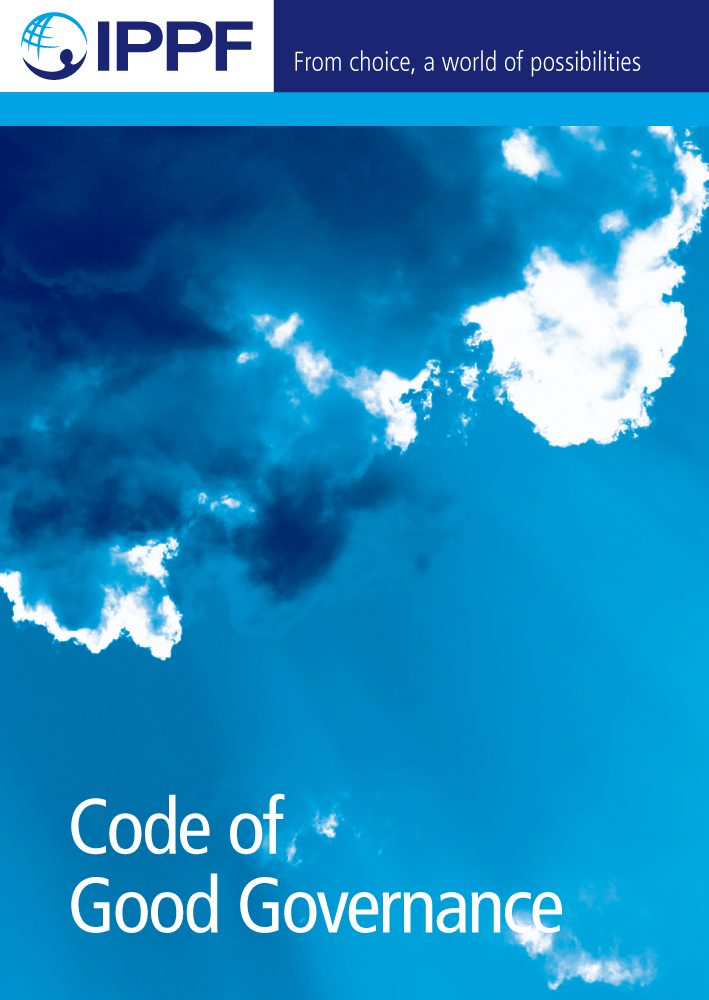
| 28 May 2012
IPPF Code of Good Governance
This Code of Good Governance was developed by a Task Force set up to strengthen volunteering and governance in IPPF. The 7 principles included in the Code represent good practice in governance and should be upheld and promoted by all individuals serving on governing bodies of all IPPF Member Associations, Regional Offices and Secretariat. Good governance is not an end in itself, but is central to ensuring that the organization is in a position to pursue its mission not only today but also in the future. This requires strategic thinking, leadership, courage and care. IPPF is convinced that by fully applying these principles in practice, the federation will make the movement stronger and more effective. To govern well is not something learned once and remember for always: it is an ongoing effort which requires constant attention. Adherence to the principles in the Code will help to strengthen the communities in which Member Associations work, and will contribute to a stronger and more accountable civil society.
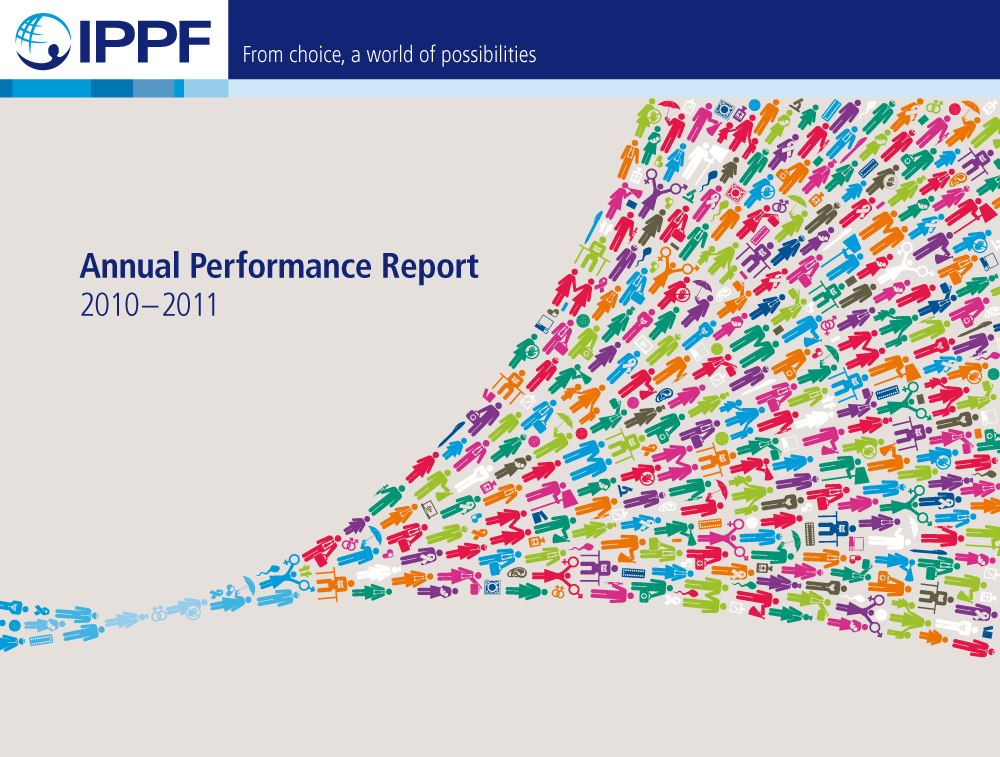
| 11 May 2012
Annual Performance Report 2010-11
This report opens with a review of the status of the Millennium Development Goals most related to IPPF’s work, and is followed by an analysis of IPPF’s performance. It shows that between 2005 and 2010, Member Associations' provision of SRH services has increased significantly, with the majority being delivered to poor and vulnerable clients and young people The Federation's financial strategy ensures that more money goes to countries that have the greatest needs, and evidence from an assessment on value for money confirms that the majority of Member Associations perform well, both in delivering IPPF’s Strategic Framework 2005–2015 and in organizational effectiveness.
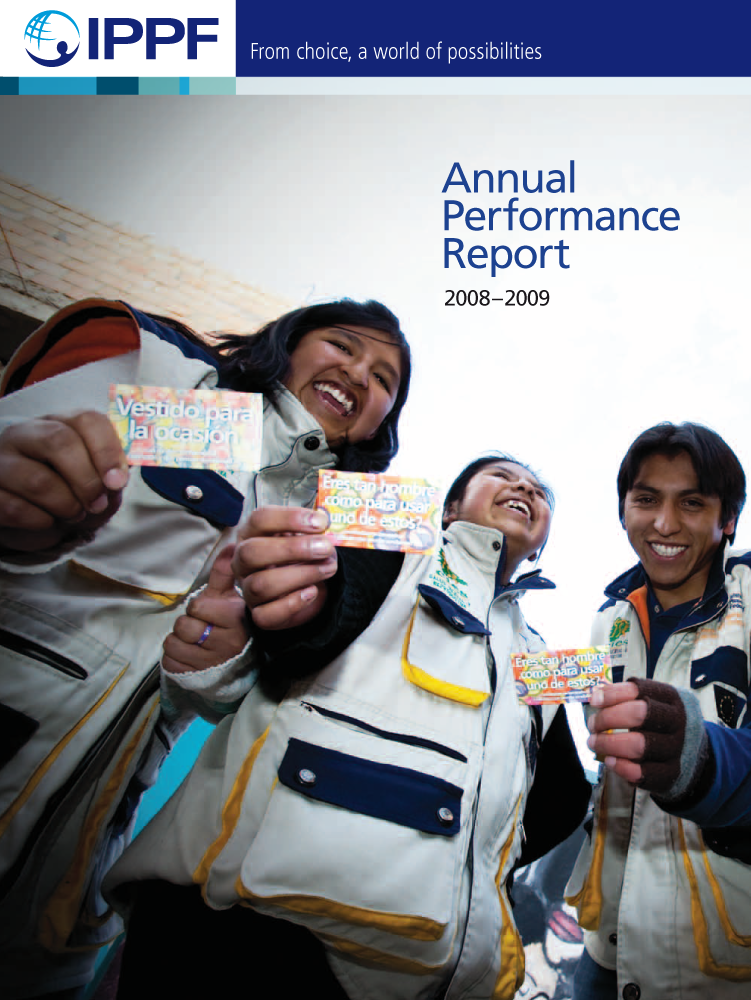
| 11 May 2012
Annual Performance Report 2008-09
This year’s Annual Performance Report includes case studies highlighting the difference IPPF makes to young people’s lives, our global indicators results, and key initiatives in our 4 supporting strategies.
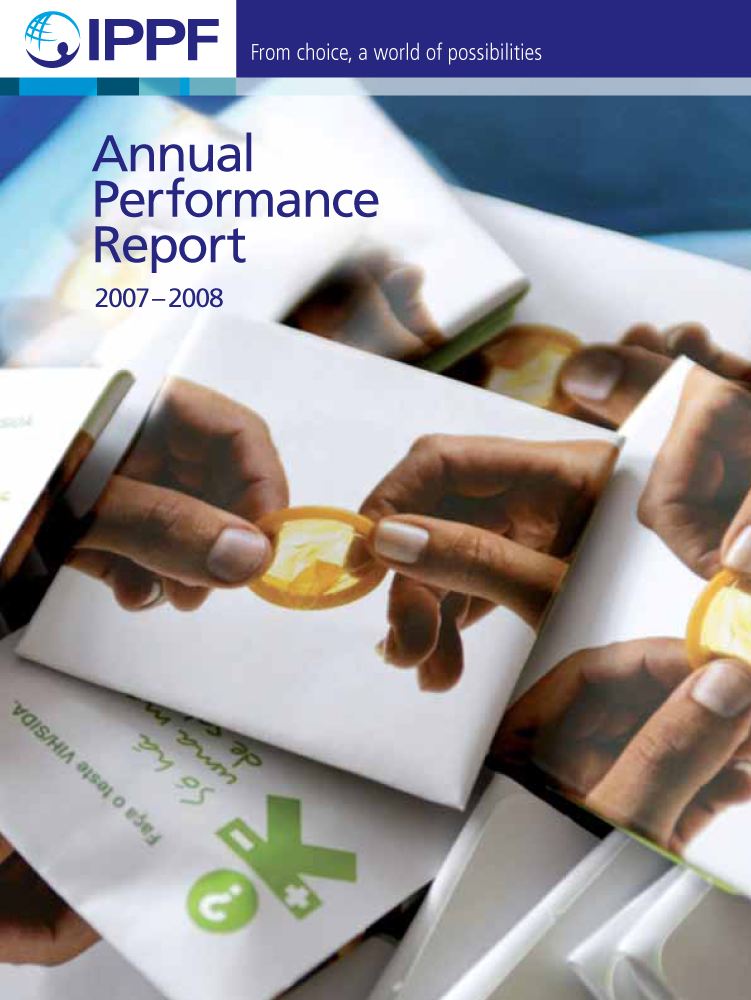
| 11 May 2012
Annual Performance Report 2007-08
IPPF’s Annual Performance Report provides an overview of the organization's performance during 2007 with case studies highlighting achievements in the Five ‘A’s, our global indicators results, and key initiatives in the 4 supporting strategies of governance and accreditation, resource mobilization, capacity building, and monitoring and evaluation.
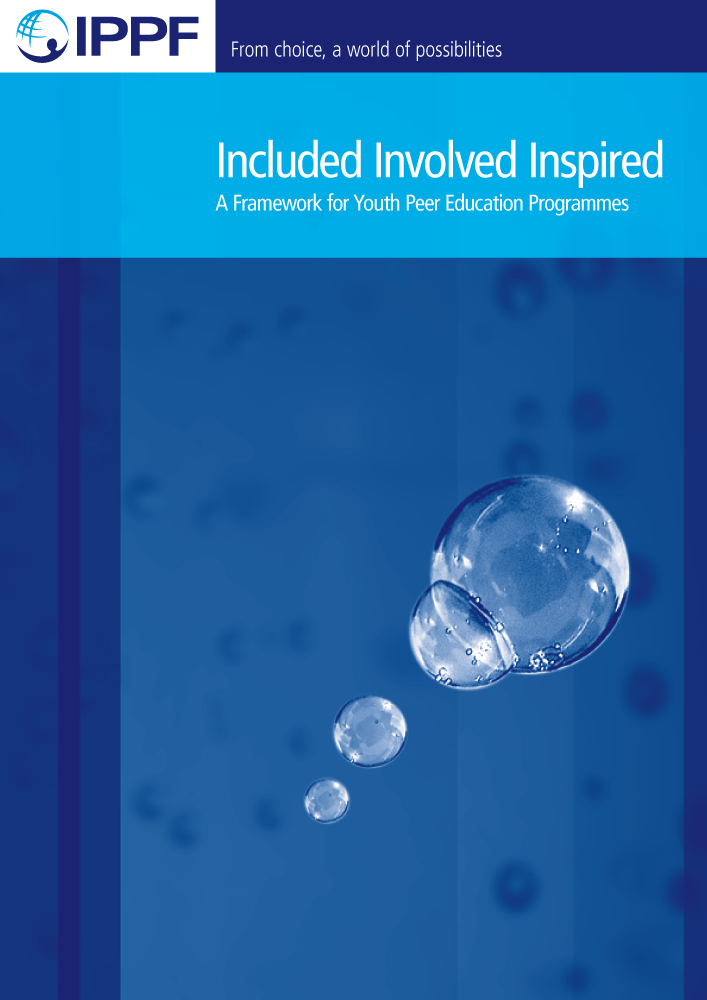
| 10 May 2012
Included Involved Inspired: A Framework for Youth Peer Education Programmes
The Included, involved, inspired framework promotes the benefits of youth participation through peer education guides us through planning, preparation, implementation and evaluation describes best practice provides tools to support the process of managing peer education places young people at the centre of all the processes "Peer education should support young people – both the peer educators themselves and those receiving information and services – to exercise their rights to sexual health, diversity and choice. We see peer educators as more than simply agents for behavioural change in themselves and their peers – our programmes show a commitment to also empowering them as individuals. In other words, a rights-based approach to peer education helps young people to develop the SRH knowledge, skills and attitudes needed to make their own choices regarding their sexuality and health." Peer education makes young people real stakeholders, addresses discrimination, and improves access to services. Participation means altering the power balance between young people and adults; enabling young people to identify their own problems; and ensuring that young people in all their diversity are involved in programme activities. This framework for programme designers, managers and co-ordinators, supervisors, trainers and young people can be used alongside existing guidelines and training materials to ensure peer education programmes are effective and empowering. It covers 10 stages of a peer education programme with detailed information on: Planning a peer education programme Selecting programme managers and coordinators Recruiting peer educators Training peer educators Implementing programmes: involving young people at every stage and in different roles Developing content Providing materials and condoms Supporting and keeping peer educators motivated Linking to services Monitoring, evaluation and document of programmes Includes: case studies from Nepal, the Dominican Republic, Colombia, Brazil, Sri Lanka, Peru, Guatemala, Kenya, India a check list of suggested qualities to look for, and to discuss with, a potential peer educator a check list of what makes a good training programme a case study on involving young people in monitoring and evaluation a definition of key terms a graphic of Olsson’s adapted ‘stairs of tolerance’ checklist of rules and responsibilities of a peer educator and peer counsellor 13 forms and tools for peer education programmes information on IPPF youth policies a list of peer education resources and websites
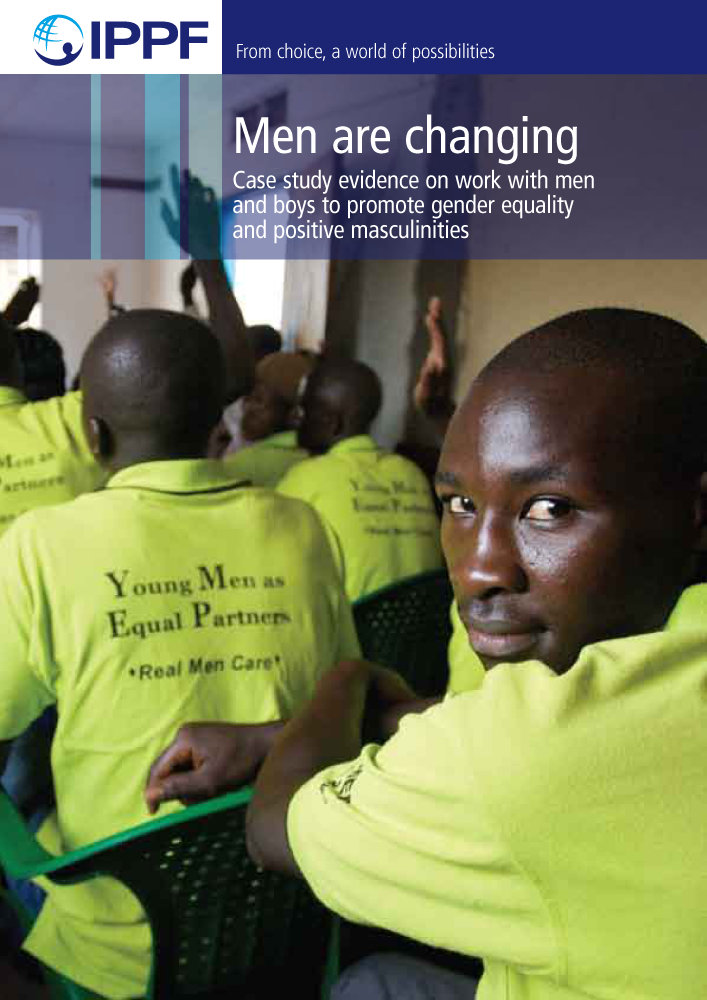
| 10 May 2012
Men are Changing: Case study evidence on work with men and boys
The lives of women and children are intertwined with the lives of men. Without understanding how men’s gendered experiences affect them and those around them it is impossible to promote sexual health and to achieve reproductive rights for all.







